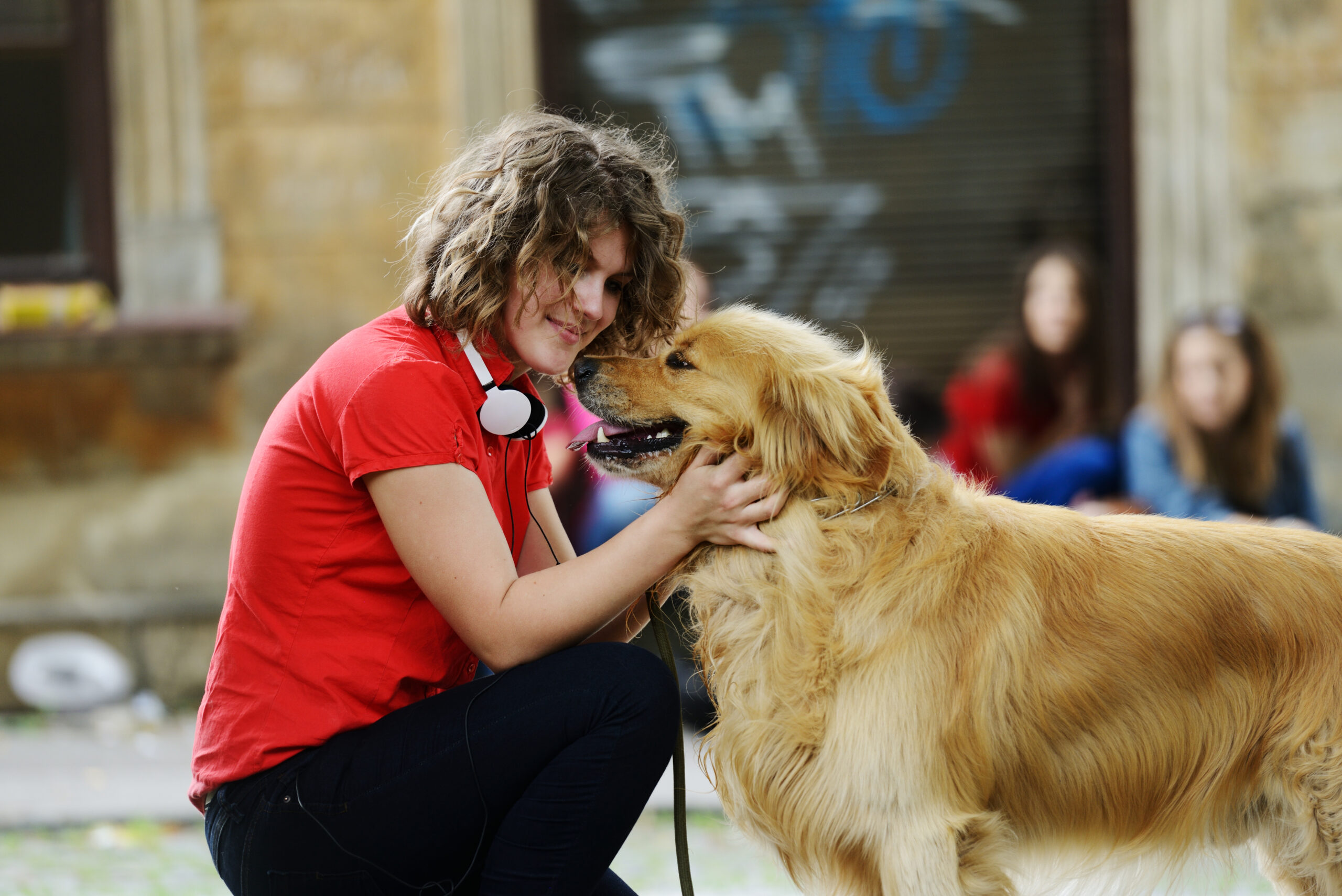The Incredible Canine Detectives: Unveiling the World of Medical Alert Dogs
Discover the incredible world of medical alert dogs and their ability to detect a wide range of health issues, including diabetes, seizures, allergies, and even potentially Covid-19 and various cancers.
Specific Medical Conditions Detected by Dogs
Medical alert dogs are trained to detect a wide range of specific medical conditions, showcasing the incredible diversity of their abilities. For instance, they are capable of detecting diseases, seizures, allergies, and even potential Covid-19 infections, highlighting the potential for dogs to contribute significantly to public health efforts. Moreover, their proficiency extends to the detection of various types of cancers, including lung, breast, ovarian, bladder, and prostate cancers, underlining the breadth of their impact in the medical field.
In addition to the wide array of medical conditions they can detect, dogs have displayed a remarkable ability to identify cancer and bacterial infections with impressive accuracy. Studies have shown that dogs have a remarkable acumen for detecting these specific health issues, providing valuable support in the early detection and management of these conditions. Furthermore, the versatile nature of medical alert dogs is evident in their capacity to alert to multiple health conditions and individuals. This adaptability is exemplified by the fact that 84% of participants reported their dogs’ ability to detect multiple conditions, while 54% indicated their dogs’ detection of multiple people, highlighting the invaluable role of these dogs in supporting individuals with diverse health concerns.
 Dogs’ Role in Disease Detection
Dogs’ Role in Disease Detection
Dogs’ incredible sense of smell has been a subject of fascination for researchers, particularly in the field of disease detection. Their olfaction abilities allow them to detect various health issues in humans, and studies have shown that they have an undeniably acute sense of smell and cognitive abilities that make them perfect for disease detection. For example, dogs have been trained to detect specific medical conditions such as diabetes, seizures, allergies, and potentially even Covid-19, lung, breast, ovarian, bladder, and prostate cancers. This showcases the remarkable diversity of health conditions that dogs can potentially detect, highlighting their versatility as medical alert animals.
The training process for medical alert dogs is rigorous and involves positive reinforcement techniques, ensuring that they can reliably and consistently alert to various health conditions. In fact, a survey conducted to determine the proportion of Medical Alert Dogs (MADs) that alert to multiple health conditions and to multiple people revealed that participants reported a total of 33 different conditions to which their dogs alerted, with anxiety, hypoglycemia, hyperglycemia, migraines, seizures, and POTS being the most common. This demonstrates the broad spectrum of health issues that dogs can effectively detect, further emphasizing their pivotal role in disease detection.
The Growing Popularity of Medical Alert Dogs
The growing popularity of medical alert dogs is a testament to their invaluable support for individuals with diverse health conditions. These specially trained dogs have proven to be instrumental in providing assistance to people with conditions such as diabetes, seizures, allergies, and potentially even detecting Covid-19, lung, breast, ovarian, bladder, and prostate cancers. This wide range of medical conditions that medical alert dogs can detect highlights their increasing role in offering vital support to individuals facing health challenges.
Furthermore, participants in a survey reported that their medical alert dogs alerted to a total of 33 different conditions, with anxiety, hypoglycemia, hyperglycemia, migraines, seizures, and POTS being the most common. The fact that these dogs can alert to such a diverse array of health conditions speaks to their growing significance in providing crucial support and enhancing the quality of life for individuals with various medical needs. The increase in the number of individuals benefiting from the assistance of medical alert dogs reflects a growing recognition of their remarkable abilities and the positive impact they have on the lives of those they serve. As more people become aware of the potential benefits of medical alert dogs, their popularity and the demand for their services continue to rise, making them an increasingly integral part of the support network for individuals with health conditions.
The Future of Disease Detection: Dogs vs. Technology
The ongoing research on automating dogs’ olfactory capabilities for disease detection is a testament to the incredible potential of these animals in the field of healthcare. With the development of a system that can detect the chemical and microbial content of an air sample with greater sensitivity than a dog’s nose, there is a growing interest in integrating technology into disease detection. For example, a team of researchers at MIT and other institutions has developed a system that can detect the chemical and microbial content of an air sample with greater sensitivity than a dog’s nose, potentially leading to the creation of an automated odor-detection system small enough to be incorporated into a cellphone. This technological advancement could revolutionize disease detection and diagnosis, offering a level of sensitivity that surpasses the capabilities of even the most highly trained medical alert dogs.
However, it is essential to recognize that despite the advancements in technology, dogs continue to play a vital role in disease detection, particularly in environments where resources and time for laboratory testing are limited. Studies have shown that dogs have been successful in detecting various diseases, including cancers and bacterial infections, making them an invaluable tool for facilitating disease detection in diverse settings. As such, while technology offers promise in revolutionizing disease detection, the unique and unparalleled abilities of dogs cannot be overlooked, especially in scenarios where rapid, non-invasive, and low-cost screening is essential. Therefore, the ongoing research on automating dogs’ olfactory capabilities should be complemented by a continued exploration of the optimal ways to utilize the extraordinary sense of smell possessed by these remarkable animals in the field of disease detection.



 Dogs’ Role in Disease Detection
Dogs’ Role in Disease Detection